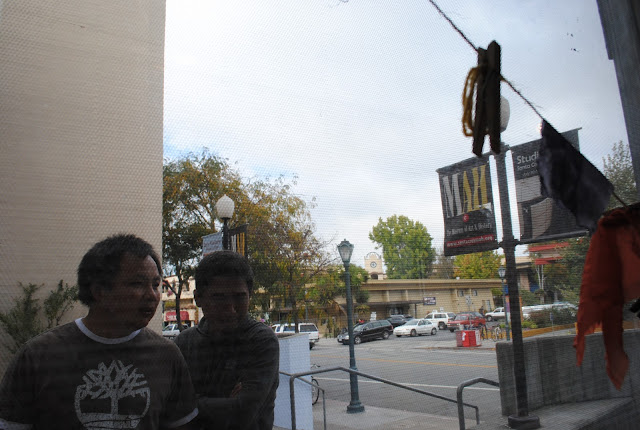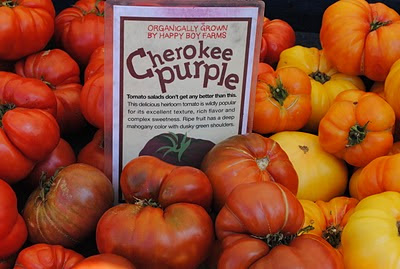Last weekend I went on a road trip to Santa Cruz for the Permacouture Institute. We were asked to present at the Re-Skilling Expo, a day long event dedicated to education around all sorts of "lost" arts (think- beekeeping, making home remedies, fermenting, dehydration, natural building, etc...)
It was a great event and so fun to teach natural dyes with Sierra Reading, a textile student at CCA.
Just a sampling of our brilliant show & tell: onion skins and avocado pits ready for the dye pot, red sandal wood dye & a homemade iron bath. Sierra's beautiful samples of onion skin, safflower and olive dyes.
Sierra showing off our colorful table display. Turmeric dyed prayer flags, Sierra's masterpiece of natural dye screenprinting using purple cabbage. And our dye vats for the afternoon workshop beginning to simmer...
nasturtium presses, black bean dye, and samples from colors made in India earlier this year.
Apple Leaves and Eucalyptus leaves, both harvested from the Permaculture Garden at Merritt College (Was able to take the leaves after a pruning demo)
We had to modify the schedule to give ourselves a 15 minute breather in between sessions!
The spectacular color of Fall's eucalyptus.
Hanging up our colors.
I loved the passers- by who peeked through the window to amaze at these colors from nature!
Fig leaves offering a golden yellow
It was a wonderful day in Santa Cruz. Had to make a visit to the beach while we were there for a quick hello!





















